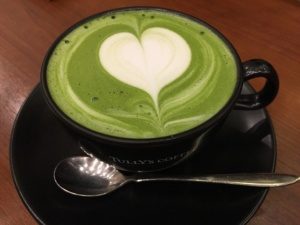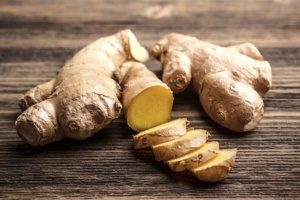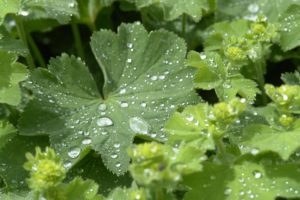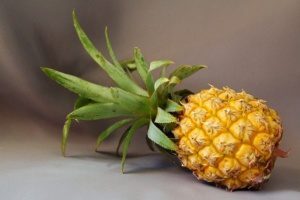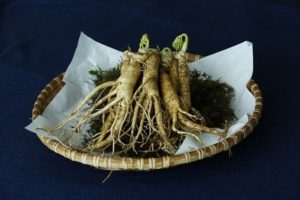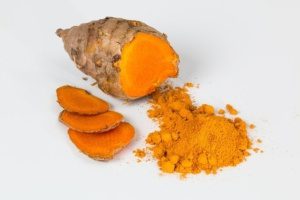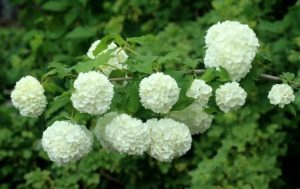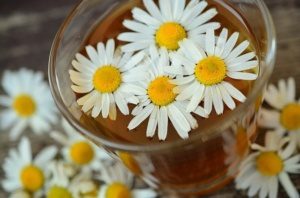Home Remedies for Endometriosis
Home remedies for endometriosis-related discomfort are founded on readily available household and over-the-counter ingredients, often chosen for self-administration. Certain widely-known home remedies lack definitive scientific validation and may be rooted solely in familial or traditional wisdom, sometimes eliciting a response merely through the “placebo effect.” However, when considering the adoption of home remedies, particularly for endometriosis, it is crucial to ensure their potential for alleviating the specific discomfort associated with the condition. Home remedies for endometriosis should ideally exhibit one or more of the following properties, substantiated by scientific research:
- Anti-inflammatory
- Antispasmodic
- Pain-relieving
- Inhibiting endometriosis lesion growth
To shed light on this topic, we will delve into home remedies for endometriosis that have garnered actual efficacy validation through scientific studies:
Green tea
An animal experiment with mice [13] was able to show that a certain substance from green tea could significantly slow down the growth of endometriosis lesions and reduce the overall size of endometriosis lesions after just two weeks of regular consumption. How about green tea as a base for refreshing iced tea, green tea instead of coffee for breakfast, or a frothy matcha?
Ginger
Ginger exhibits notable efficacy against inflammation while mitigating the damaging impact of oxidative stress on cells. Moreover, a constituent within ginger restrains an enzyme that triggers activation in response to pain. The inhibition of this enzyme contributes to pain reduction, akin to the action of a painkiller, but with a milder and more stomach-friendly disposition. A study yielded compelling results: the efficacy of ginger mirrors that of ibuprofen [6], [7], [8].
The fusion of anti-inflammatory and analgesic properties renders ginger a particularly intriguing contender as a home remedy for addressing endometriosis-related discomfort.
Alchemilla mollis: Unveiling the Common Lady’s Mantle
Throughout history, teas and remedies derived from lady’s mantle (Alchemilla) have been time-honored solutions for addressing “women’s ailments.” In a compelling animal experiment involving rats, its efficacy in managing endometriosis was explored. The experiment unveiled a noteworthy transformation: endometriosis lesions and cysts exhibited a reduction in size while levels of inflammation experienced a corresponding decrease upon the administration of diverse extracts of the lady’s mantle [11].
Pineapple
Within the realm of natural remedies, pineapple emerges as a significant contender. This tropical fruit boasts bromelain, an enzyme with pronounced pain-relieving, anti-inflammatory, and swelling-reducing properties. Bromelain sets in motion the body’s inherent mechanisms and signaling molecules dedicated to combating inflammation. Notably, this active constituent in pineapple also holds the capacity to alleviate pain [4], [5], [16]. To discern noticeable effects from bromelain consumption, a substantial quantity of pineapple is required. However, an alternative approach involves acquiring concentrated bromelain in tablet form. For individuals experiencing sporadic discomfort and seeking to counteract inflammation and pain, seamless integration of pineapple-based products, such as pineapple juice or fresh pineapple into the daily diet can serve as a proactive strategy.
Ginseng
A noteworthy study conducted with rats has brought to light the potential efficacy of ginseng roots in addressing endometriosis. Beyond its well-known antioxidant and anti-inflammatory attributes, ginseng possesses the ability to bolster the immune system. However, in the context of this study, ginseng exhibited an additional facet: the capacity to curtail the growth of endometriosis lesions and impede the attachment of new tissue.
Caution: A specific active compound present in ginseng roots holds blood-thinning properties. Consequently, it is advisable to exercise caution by avoiding its use during menstruation or in the immediate aftermath of surgical procedures.
Turmeric
Turmeric, harnessed through its active component curcumin, harbors a trio of fundamental attributes: wound-healing prowess, cellular protection, and impressive anti-inflammatory properties. Laboratory assessments have underscored turmeric’s proficiency in diminishing inflammatory markers and countering pro-inflammatory messengers within the abdominal fluid linked to endometriosis. Notably, curcumin does not merely halt unwanted cell growth and attachment but also deters invasive penetration into tissues [1], [2], [3], [14], [15].
Important: Turmeric’s absorption hinges upon its synergy with black pepper! Hence, it is imperative to consistently employ both spices in tandem to unlock their full potential.
Snowball Bark
The snowball, scientifically known as Viburnum opulus, stands as a time-honored medicinal plant. Throughout Central Europe, the bark of this plant has secured a place in the realm of homeopathic treatments and teas, celebrated for its efficacy in countering menstrual cramps and functioning as both an antispasmodic and sedative. Intriguingly, an animal unearthed the potential of snowball berries to impede the growth of endometriosis lesions [9]. Yet, an unanswered question lingers: Does a tea infusion crafted from the bark yield comparable results? The verdict remains elusive. Nonetheless, caution must be heeded: the berries of the snowball bear mild toxicity, especially when harvested prematurely or improperly prepared. Thus, the wiser course of action is to opt for bark tea, ensuring both safety and efficacy.
Nettles
Extracts derived from nettles have exhibited the potential to curtail the size of existing endometriosis lesions and thwart the formation of new ones, as validated by animal studies [10]. These versatile leaves can be incorporated into your diet akin to spinach—whether consumed raw or cooked. For salads, a simple technique helps evade their characteristic sting: vigorously roll the leaves with a rolling pin before adding them. Furthermore, larger leaves can be air-dried and subsequently fashioned into nourishing tea.
Chamomile
A comprehensive study delving into the efficacy of the Austrian Dog Chamomile (Anthemis austriaca) in endometriosis has illuminated promising prospects. Through meticulous animal experiments, the efficacy of an extract derived from this chamomile variant was unequivocally established. It exerted a measurable influence, notably decelerating the growth of endometriosis lesions and the attachment of tissue. Concurrently, discernible reductions in abdominal fluid inflammation levels were observed [12]. Intriguingly, the benefits extend to chamomile tea as well. This popular infusion yields anti-inflammatory and decongestant effects, particularly concerning flatulence and the discomfort associated with menstrual cramps.
Clearly, a multitude of familiar home remedies within your awareness can offer valuable support in the context of endometriosis. Despite the current reliance on animal studies, it is noteworthy that several of these plant-based options, when transformed into teas, harbor confirmed potential for enhancing overall health. The synergy between these home remedies and the management of endometriosis symptoms is most potent when harmoniously aligned with an anti-inflammatory diet and our comprehensive dietary recommendations tailored for endometriosis.
References
- Finding the Perfect Nutritionist: A Step-by-Step Guide - 5. October 2023
- Does Monk’s Pepper Help with Endometriosis? - 5. October 2023
- A Brief Overview of Dietary Fats - 29. September 2023


